Classroom lighting significantly impacts student focus, mood, and overall academic performance. Moving beyond standard overhead fluorescent fixtures can transform a learning space from sterile and harsh to warm and inviting. The right lighting strategy minimizes eye strain, reduces hyperactivity, and can even improve behavior by creating a more comfortable and calming atmosphere. By incorporating a variety of light sources and giving thought to color temperature and brightness, educators can cultivate an environment where students feel more engaged and ready to learn. These ideas explore diverse ways to illuminate a classroom for maximum productivity and well-being.
1. Classroom Lighting with Natural Light Maximization
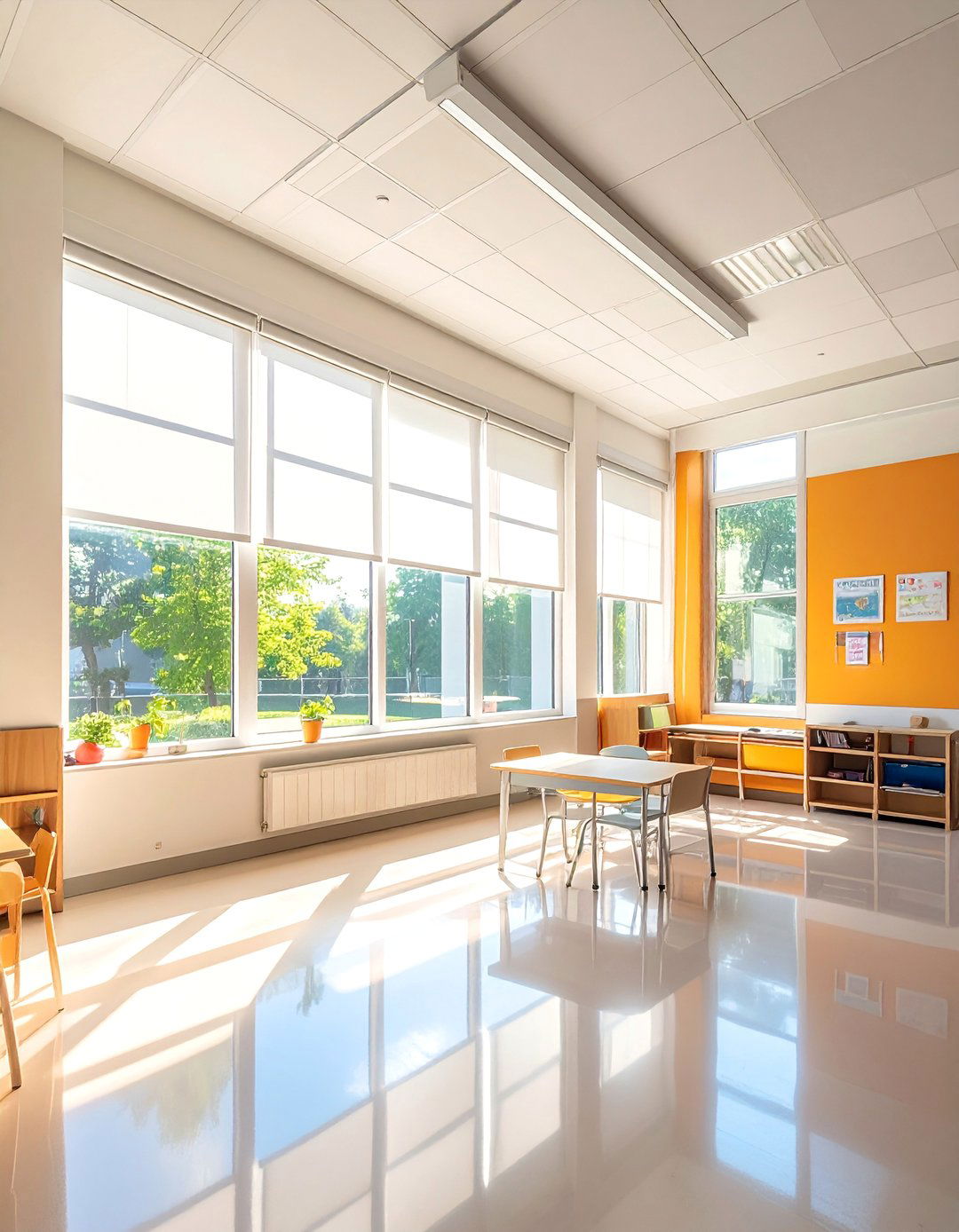
Harnessing natural daylight is the most effective way to create a vibrant and energizing classroom. To maximize its benefits, arrange desks and learning stations to take full advantage of windows, ensuring that direct sunlight doesn't create glare on screens or whiteboards. Using light-colored, reflective paint on walls and ceilings can help bounce sunlight deeper into the room. Sheer or translucent blinds are a great addition, as they can diffuse harsh rays without completely blocking the light. Studies consistently show that classrooms with ample natural light see improvements in student test scores, attendance, and overall health, making it a foundational element of effective classroom design.
2. Classroom Lighting with Adjustable LED Panels
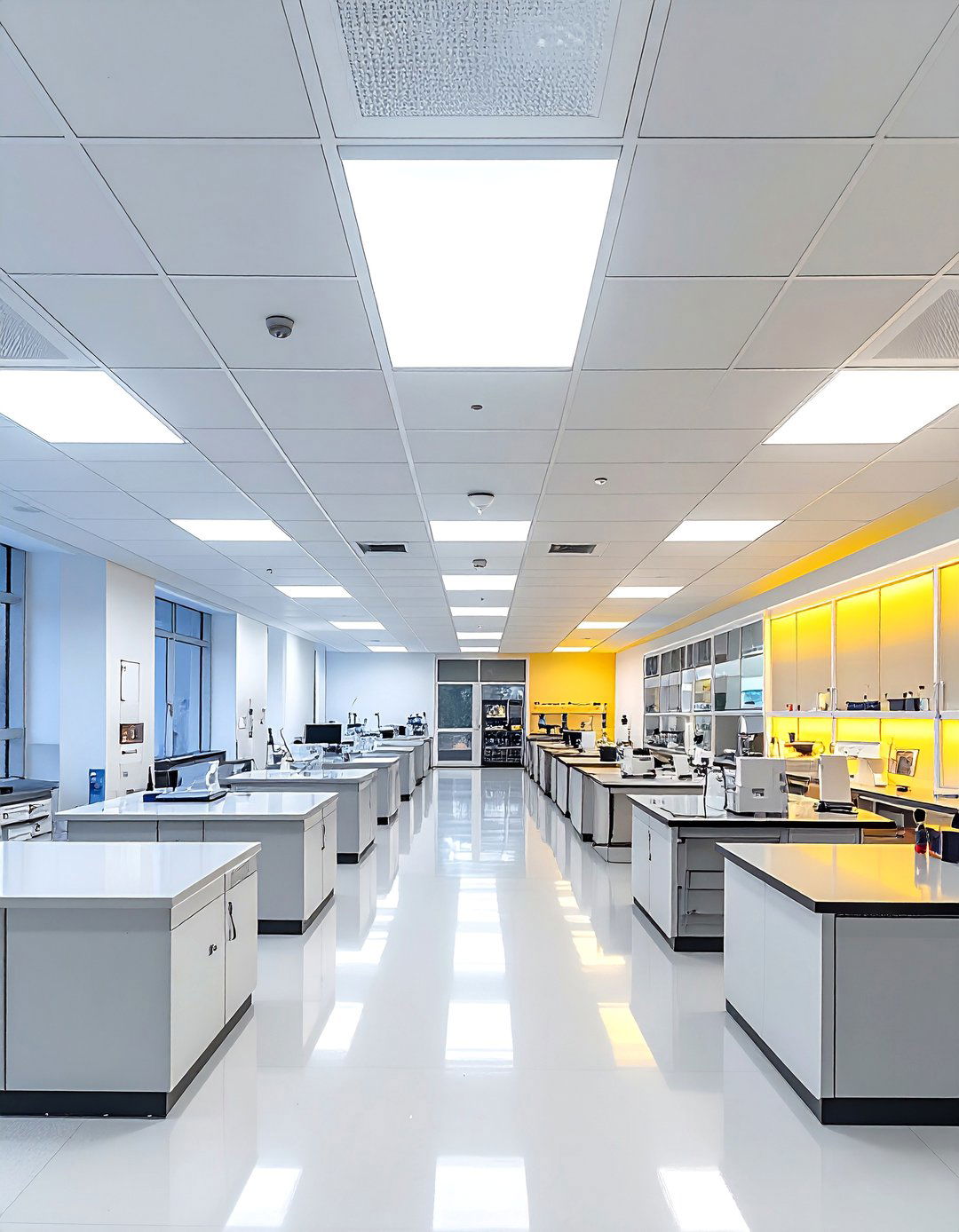
Modern adjustable LED panels offer unparalleled control over the classroom lighting environment. These fixtures allow educators to change both the brightness (intensity) and the color temperature of the light throughout the day. For instance, a cooler, bluer light can help increase alertness and focus during morning lessons or testing periods. In contrast, a warmer, yellowish tone can create a calming and relaxed atmosphere for quiet reading, collaborative work, or end-of-day activities. This adaptability makes LED panels a powerful tool for supporting different learning tasks and meeting the diverse sensory needs of students, creating a truly responsive and dynamic educational space.
3. Classroom Lighting with Fluorescent Light Filters
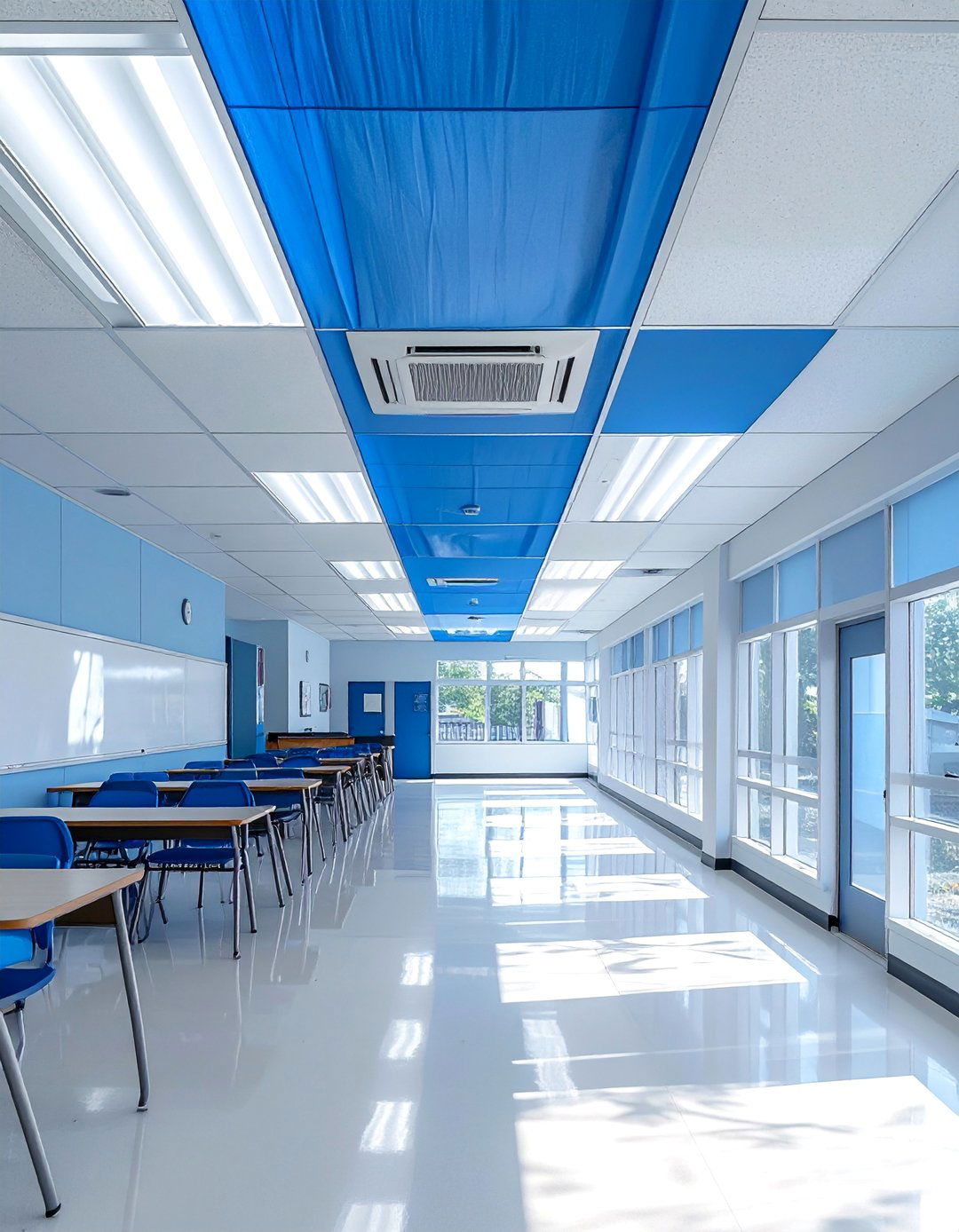
Standard fluorescent lights are notorious for their harsh glare, subtle flicker, and cool blue tint, which can lead to headaches, eye strain, and overstimulation in some students. An easy and cost-effective solution is to use fluorescent light filters. These fabric or plastic covers attach directly to existing fixtures, diffusing the light to create a softer, more natural glow. They come in various colors, with blue and white being popular choices for mimicking natural daylight and creating a calming effect. By simply covering the overhead lights, teachers can instantly reduce visual stress and foster a more comfortable and sensory-friendly learning environment for everyone.
4. Classroom Lighting with Task-Specific Lamps
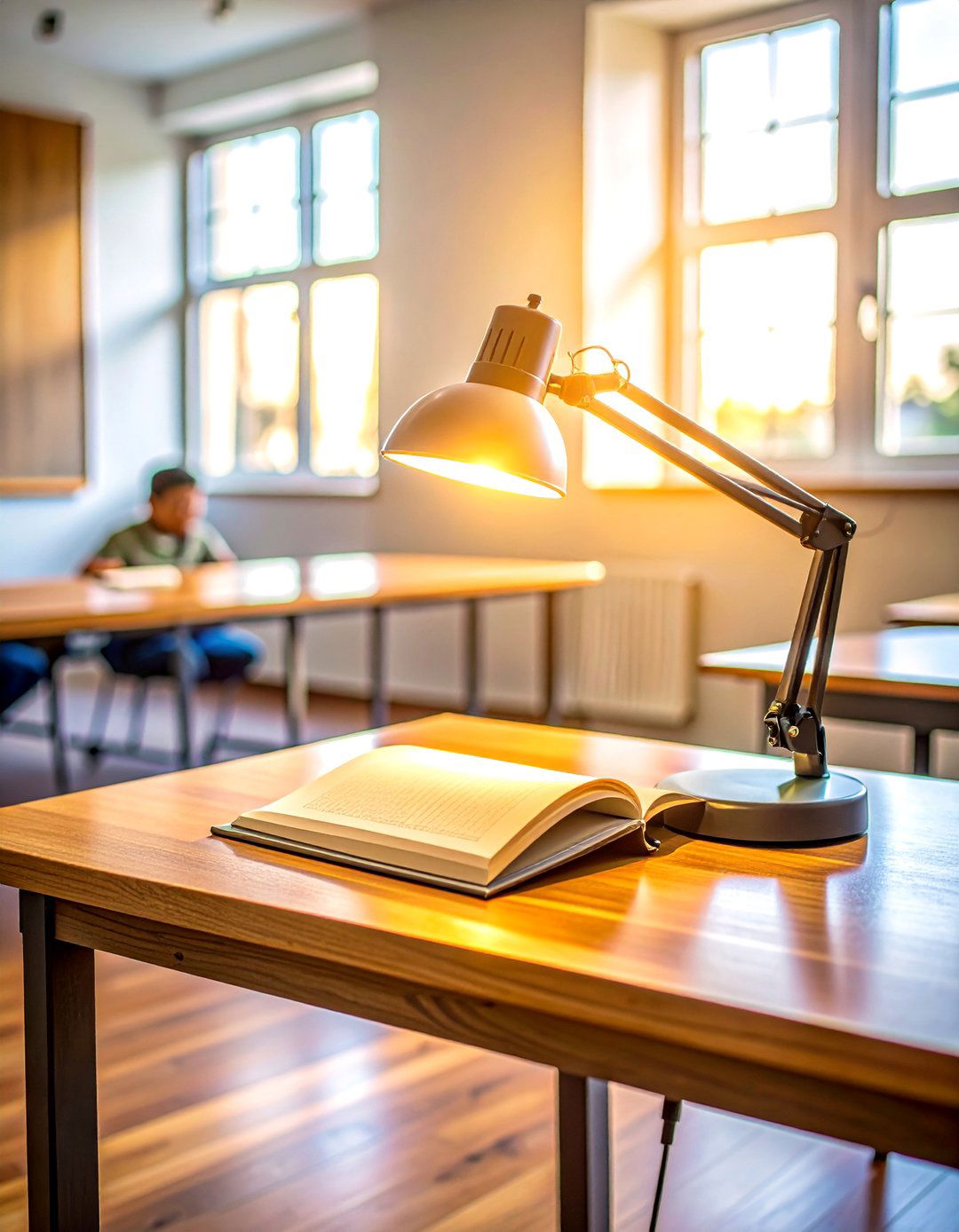
Not all activities require the same level of illumination. Implementing task-specific classroom lighting with individual lamps gives students control and provides focused light where it's needed most. Small, adjustable desk lamps at writing centers or individual workstations can help reduce eye strain during detailed work. Standing lamps placed in reading nooks or flexible seating areas create cozy, inviting spots for independent learning. This approach moves away from a one-size-fits-all overhead system, allowing for a layered lighting design that supports various activities simultaneously. It also empowers students by giving them a degree of autonomy over their personal learning space and its comfort level.
5. Classroom Lighting for a Calm-Down Corner
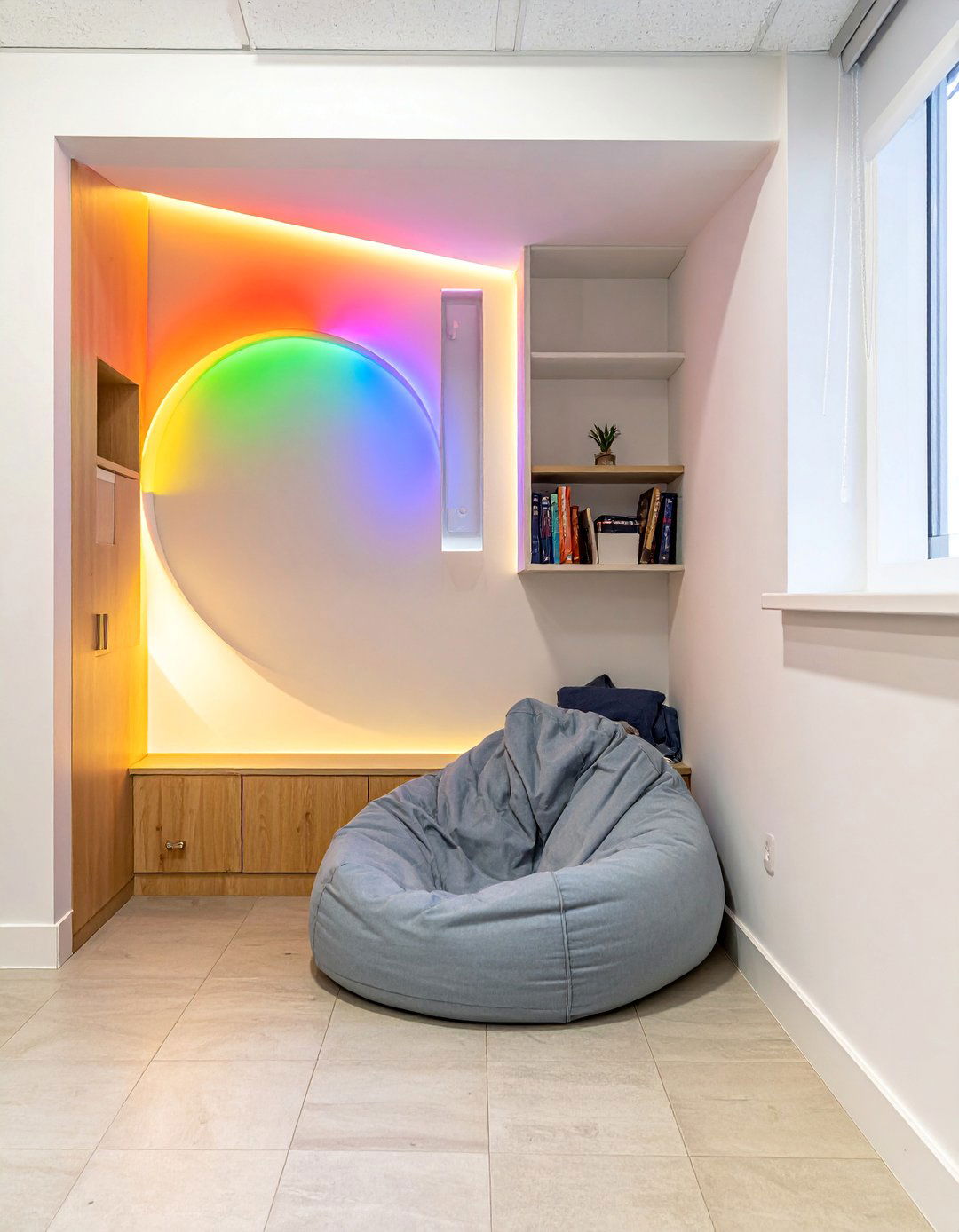
A designated calm-down corner is an essential space for emotional self-regulation, and its lighting should reflect its purpose. Harsh overhead lights can be counterproductive in this area. Instead, use soft, warm classroom lighting to create a serene and secure atmosphere. Options like a small lamp with a low-wattage bulb, battery-operated fairy lights draped behind a sheer curtain, or even a bubble tube with gentle, color-changing lights can be incredibly effective. The goal is to create a visual retreat that is calming, not distracting. This gentle illumination helps reduce sensory input, allowing a student to de-escalate, refocus, and feel safe before rejoining class activities.
6. Classroom Lighting with Dimmable Switches
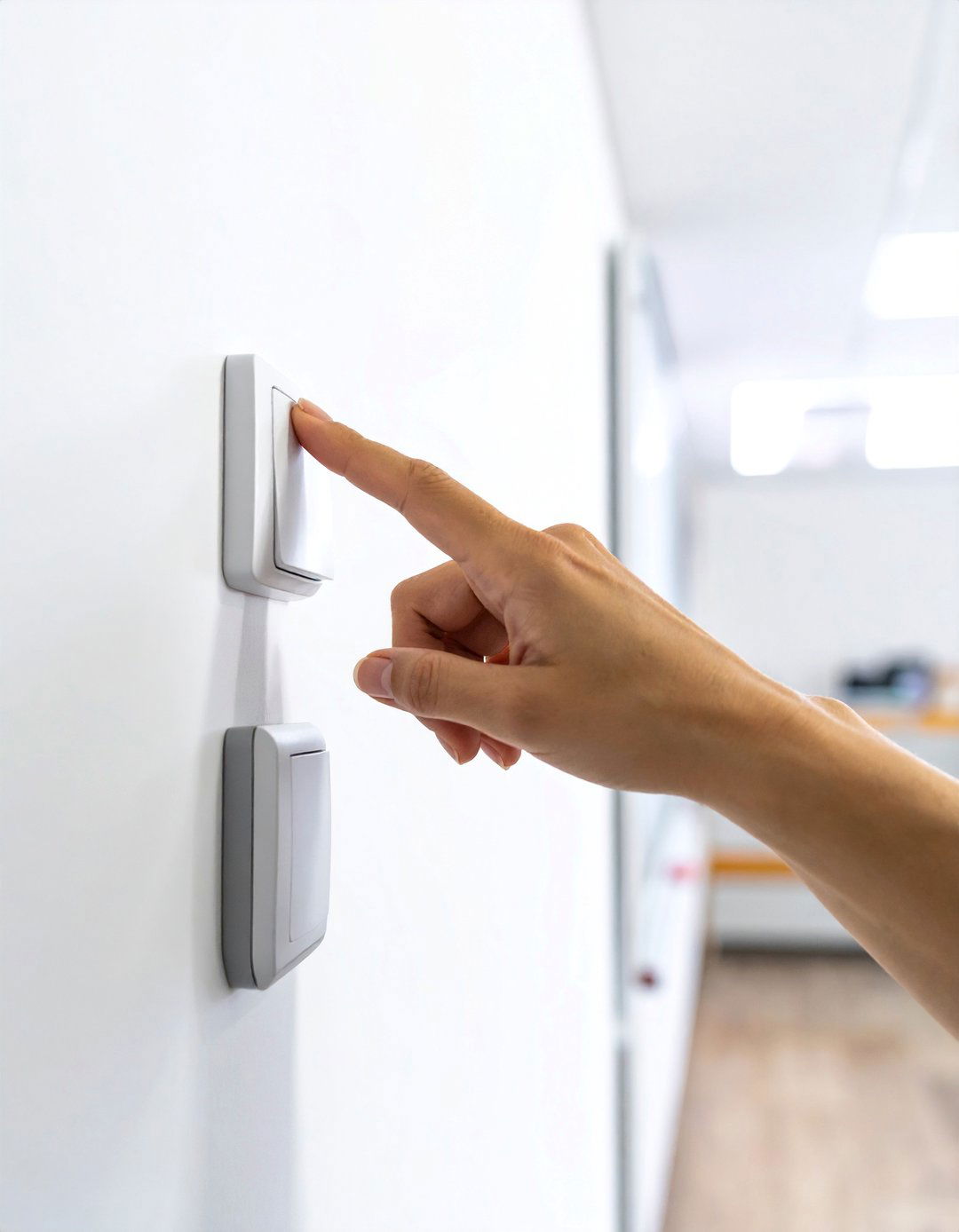
Installing dimmable switches for the main overhead lights is a simple yet transformative upgrade for any classroom. This feature gives educators immediate control over the room's ambiance, allowing them to adjust the light intensity to match the energy of a lesson or activity. For instance, full brightness might be ideal for whole-group instruction and active learning, while dimming the lights can signal a transition to quiet individual work, story time, or a presentation using a projector. Having the ability to fine-tune the overall brightness helps reduce energy consumption and provides the flexibility needed to create a more dynamic and responsive learning environment throughout the school day.
7. Classroom Lighting with String Lights for Ambiance
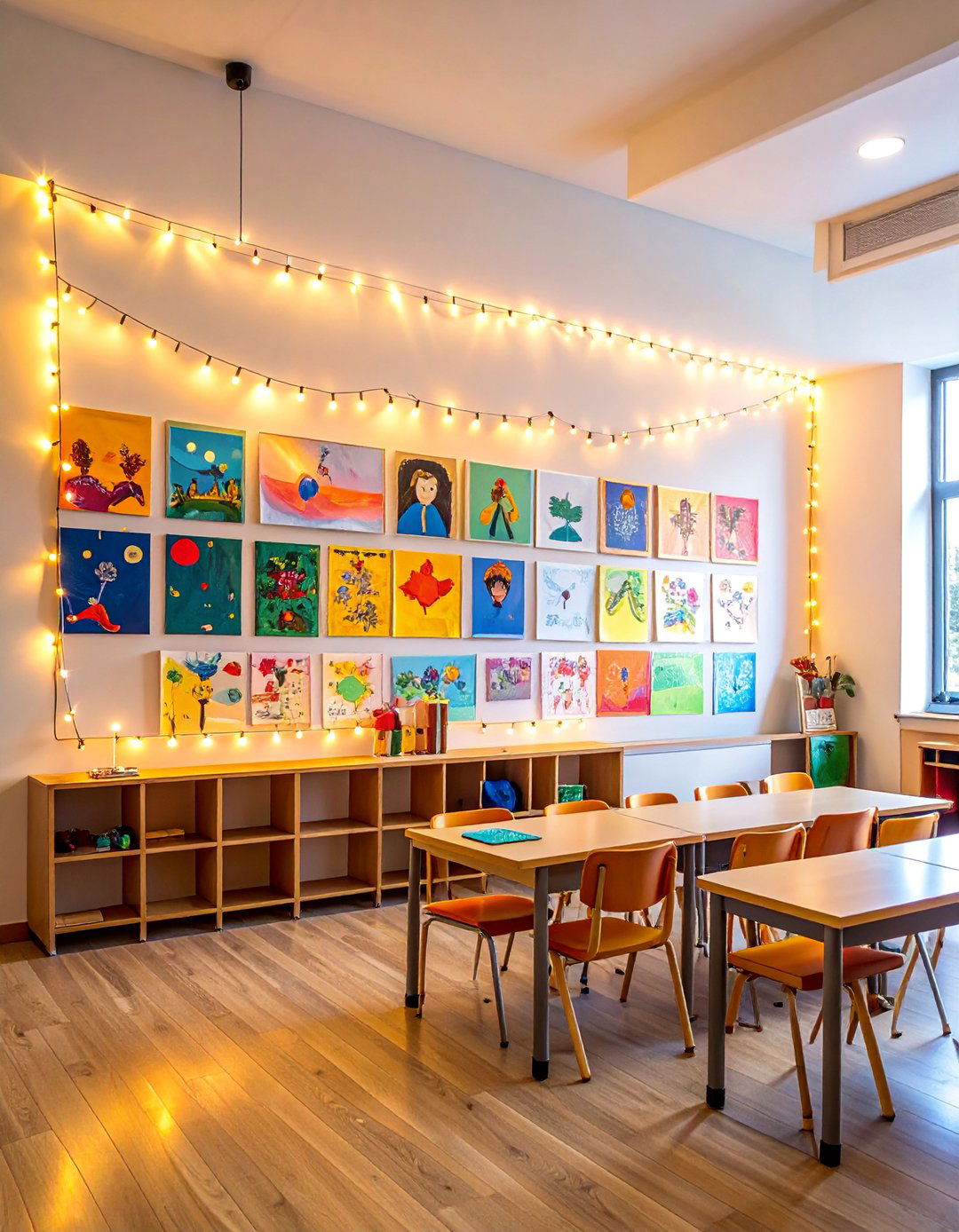
For a touch of warmth and personality, incorporating string lights can instantly make a classroom feel more like a welcoming community space. When used thoughtfully, these lights are not just decorative but functional. Drape them around a bulletin board to draw attention to student work, weave them through the shelves of a reading nook to create a magical escape, or hang them across a section of the ceiling to define a specific learning zone. Opt for warm white or soft-colored bulbs over bright, flashing ones to ensure they add to the ambiance without becoming a distraction. This simple classroom lighting addition is inexpensive and effective for creating a cozy atmosphere.
8. Classroom Lighting with Floor Lamps for Flexible Seating
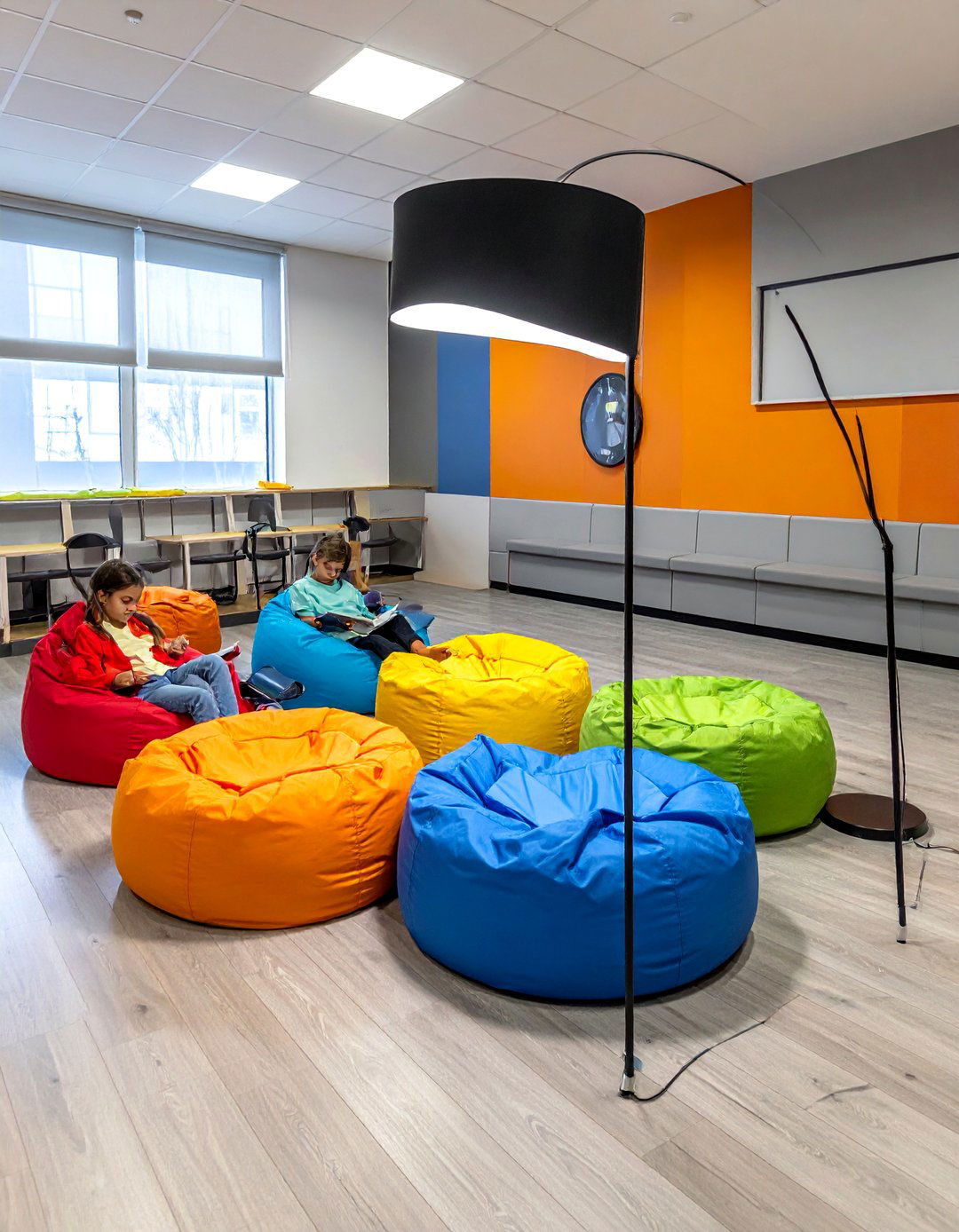
As classrooms move towards more flexible seating arrangements, the lighting must adapt as well. Strategically placed floor lamps are the perfect solution to illuminate areas that overhead fixtures might not reach effectively. A tall floor lamp can provide ample, diffused light for a small group working on beanbags or cushions, while an arc lamp can extend over a collaborative table. This approach helps create distinct, well-lit zones within the classroom, making unconventional seating areas more functional and inviting. Using floor lamps with warm-toned bulbs contributes to a comfortable, home-like feel that can help reduce student anxiety and encourage relaxed, focused learning in these designated spaces.
9. Classroom Lighting with Up-Lighting Techniques
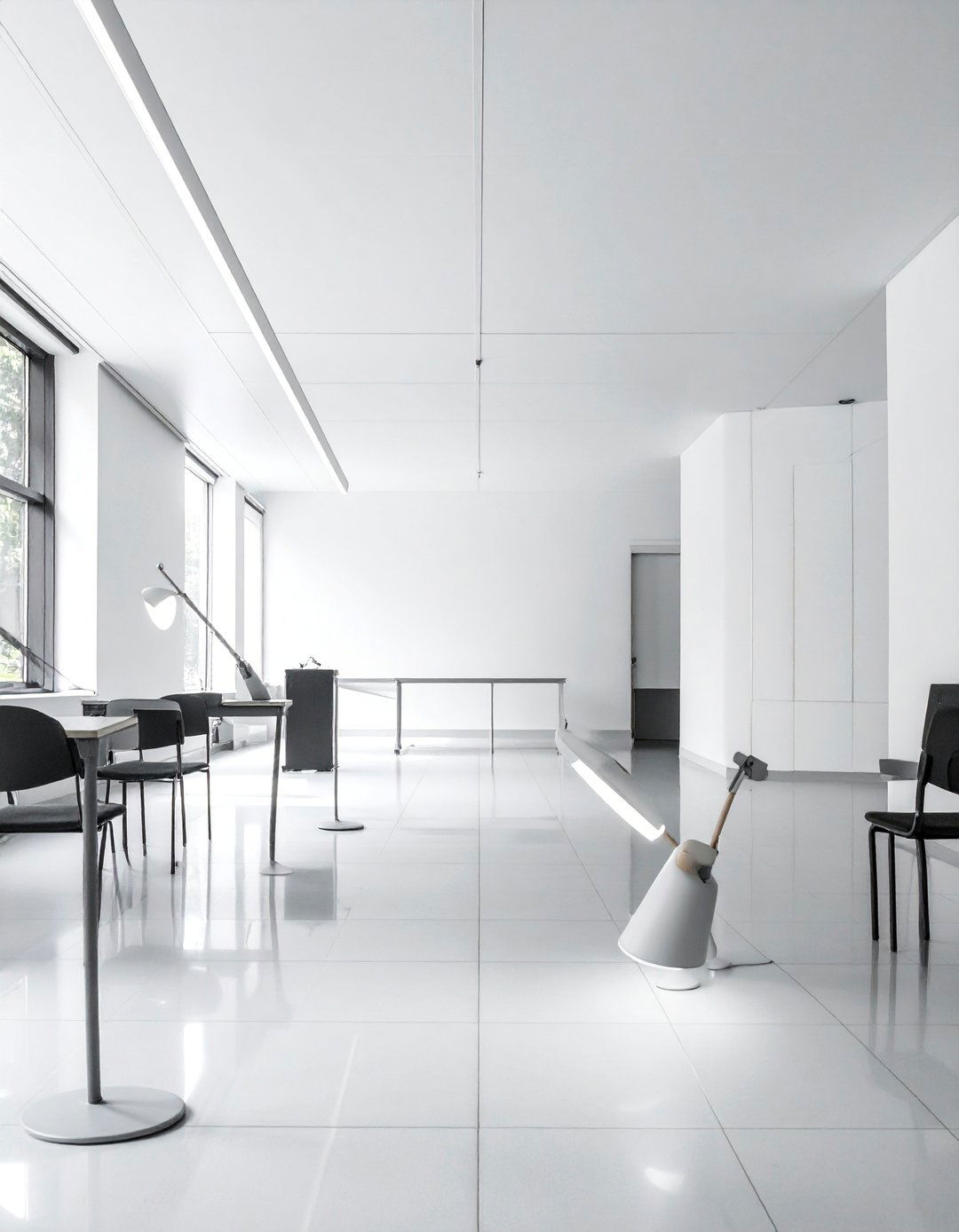
Direct overhead lighting is a primary cause of glare on whiteboards, computer screens, and laminated surfaces, leading to significant eye strain. An effective classroom lighting strategy to combat this is up-lighting. This involves using floor or canister lamps to direct light towards the ceiling. The light then reflects off the ceiling and diffuses throughout the room, creating a soft, even, and indirect source of ambient illumination. This technique dramatically reduces shadows and glare, making it easier for students to see instructional materials clearly from any seat. Up-lighting works best with light-colored ceilings and can be used in conjunction with other light sources for a layered effect.
10. Classroom Lighting with Solar Tubes
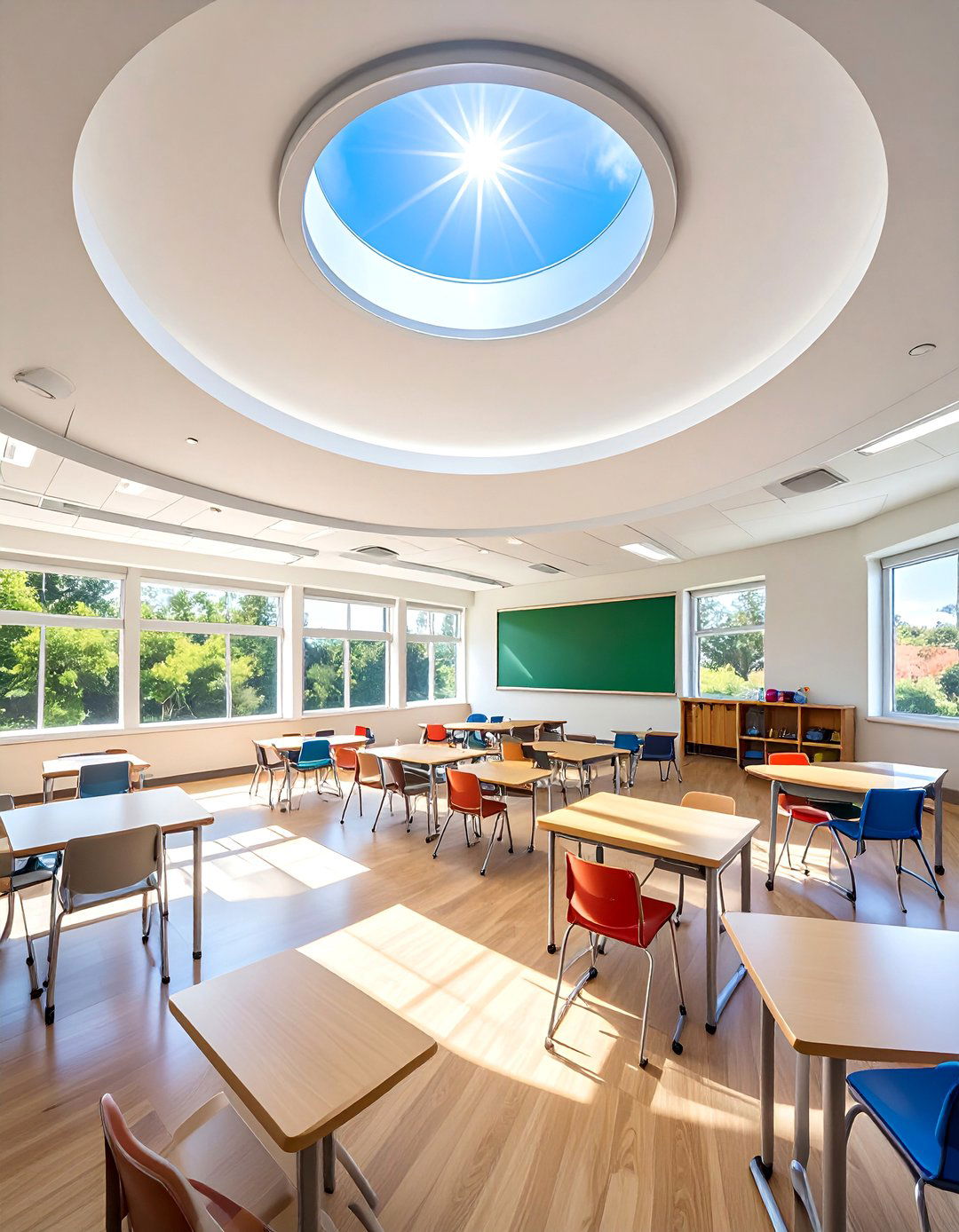
For classrooms that lack large windows or are located in the interior of a building, solar tubes, also known as sun tunnels, are an innovative solution to bring in natural light. These devices capture sunlight from the roof through a small dome and channel it down a highly reflective tube into the classroom, where it emerges through a diffuser in the ceiling. The result is bright, full-spectrum natural light without the heat gain or UV radiation associated with traditional skylights. This method provides all the cognitive and health benefits of daylight, boosts energy efficiency, and creates a more pleasant and visually comfortable classroom lighting environment.
11. Classroom Lighting for Reading Nooks
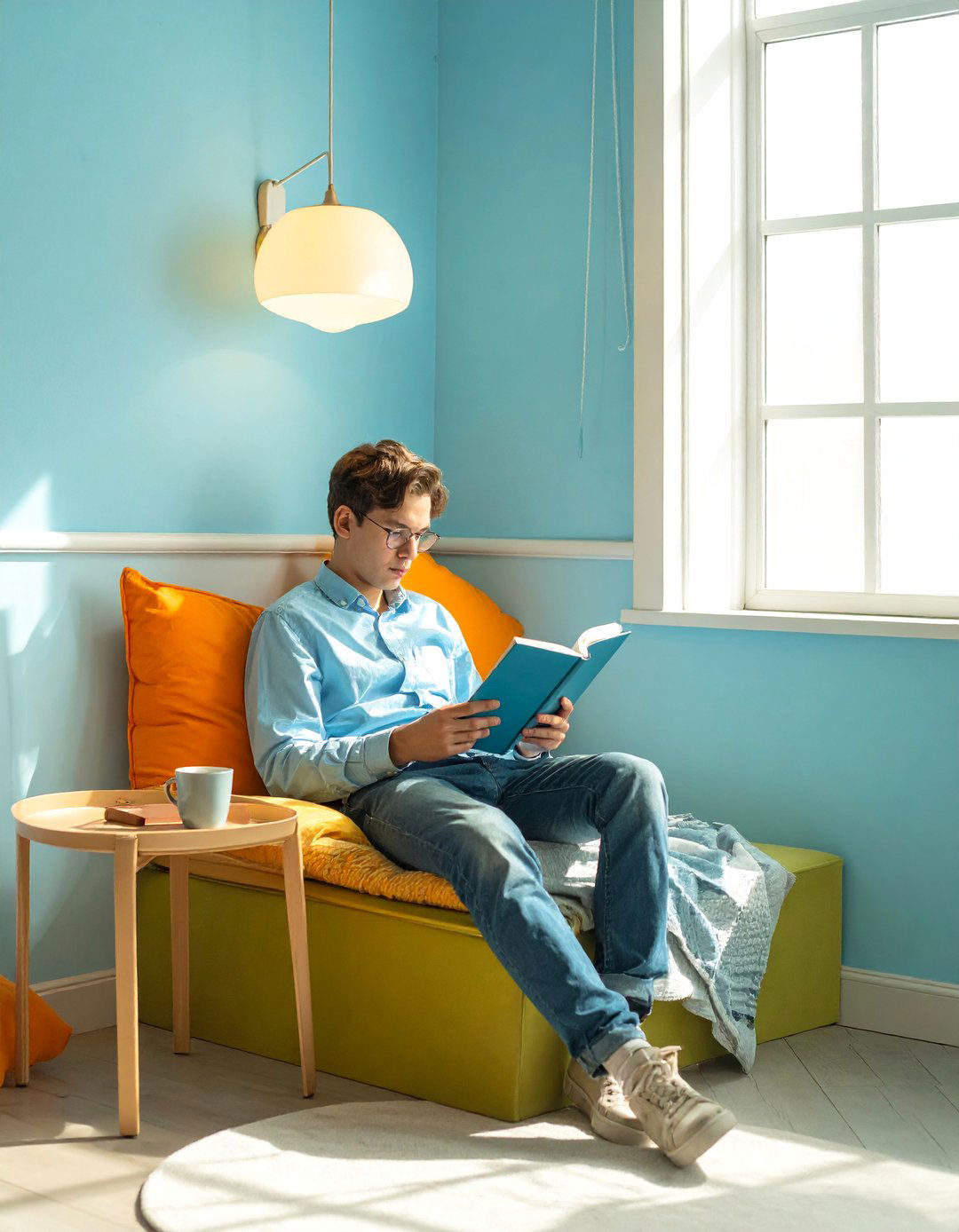
Creating an irresistible reading nook requires cozy and dedicated lighting. The goal is to make the space feel like a special retreat, separate from the rest of the classroom. A small, shaded table lamp on a nearby shelf, a clip-on book light attached to a cushion, or a floor lamp with a downward-facing shade can provide focused light for reading without illuminating the entire room. Weaving warm-toned LED string lights or fairy lights around bookshelves or a canopy can also add a magical, inviting touch. This intentional use of soft, direct classroom lighting helps minimize distractions and encourages students to settle in and get lost in a book.
12. Classroom Lighting with Color Temperature Control
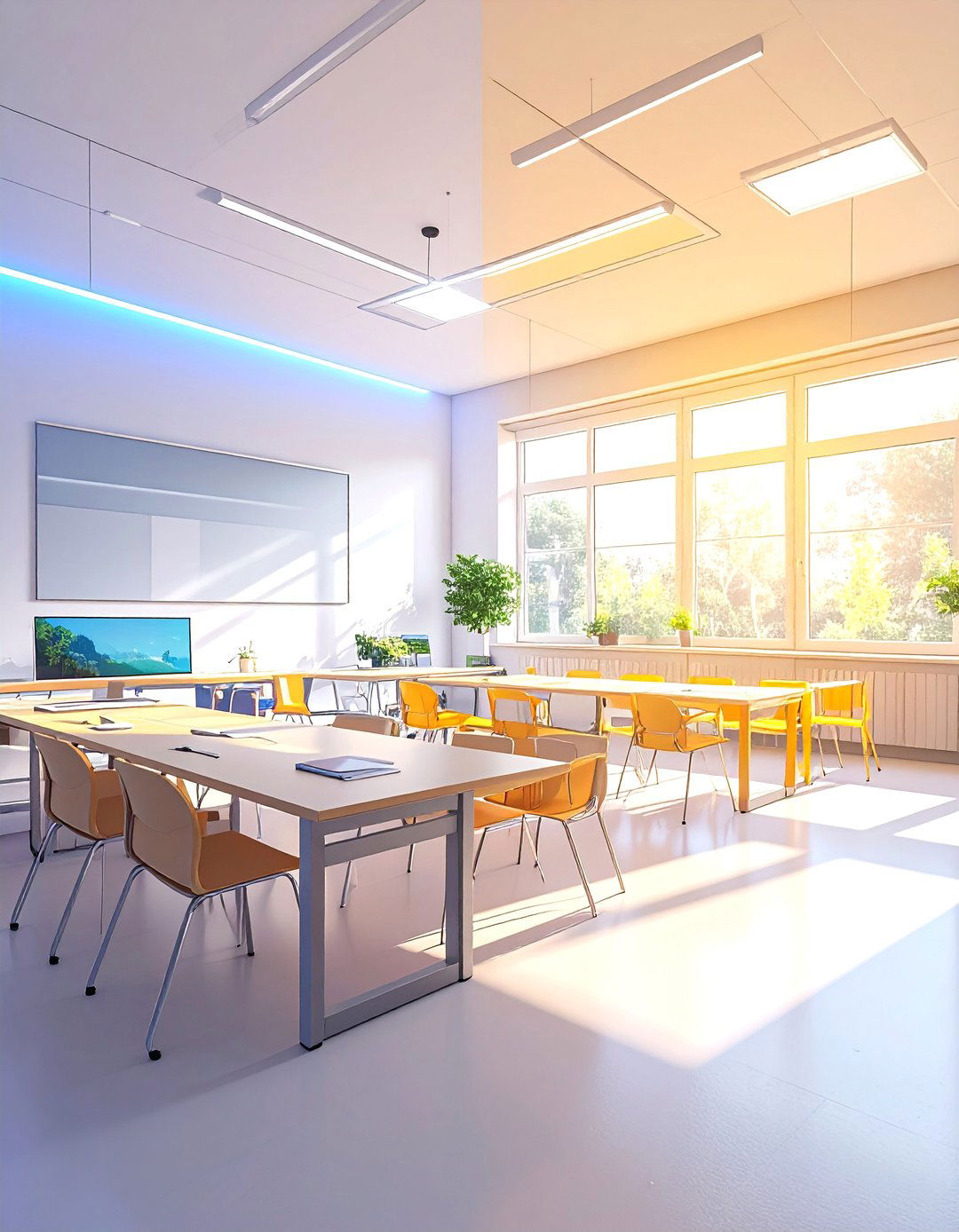
The ability to control the color temperature of classroom lighting is a game-changer for supporting student learning and well-being. Color temperature is measured in Kelvin (K) and ranges from warm (more yellow/orange, ~2700K) to cool (more blue/white, ~5000K+). Modern smart LED systems allow teachers to adjust this throughout the day. A cool, high-Kelvin light can be used to promote alertness and concentration during morning lessons or complex problem-solving activities. Later, the lighting can be shifted to a warmer, lower-Kelvin tone to create a relaxed setting for creative projects, collaboration, or quiet reading time, aligning the environment with the task at hand.
13. Classroom Lighting with Interactive Light Walls
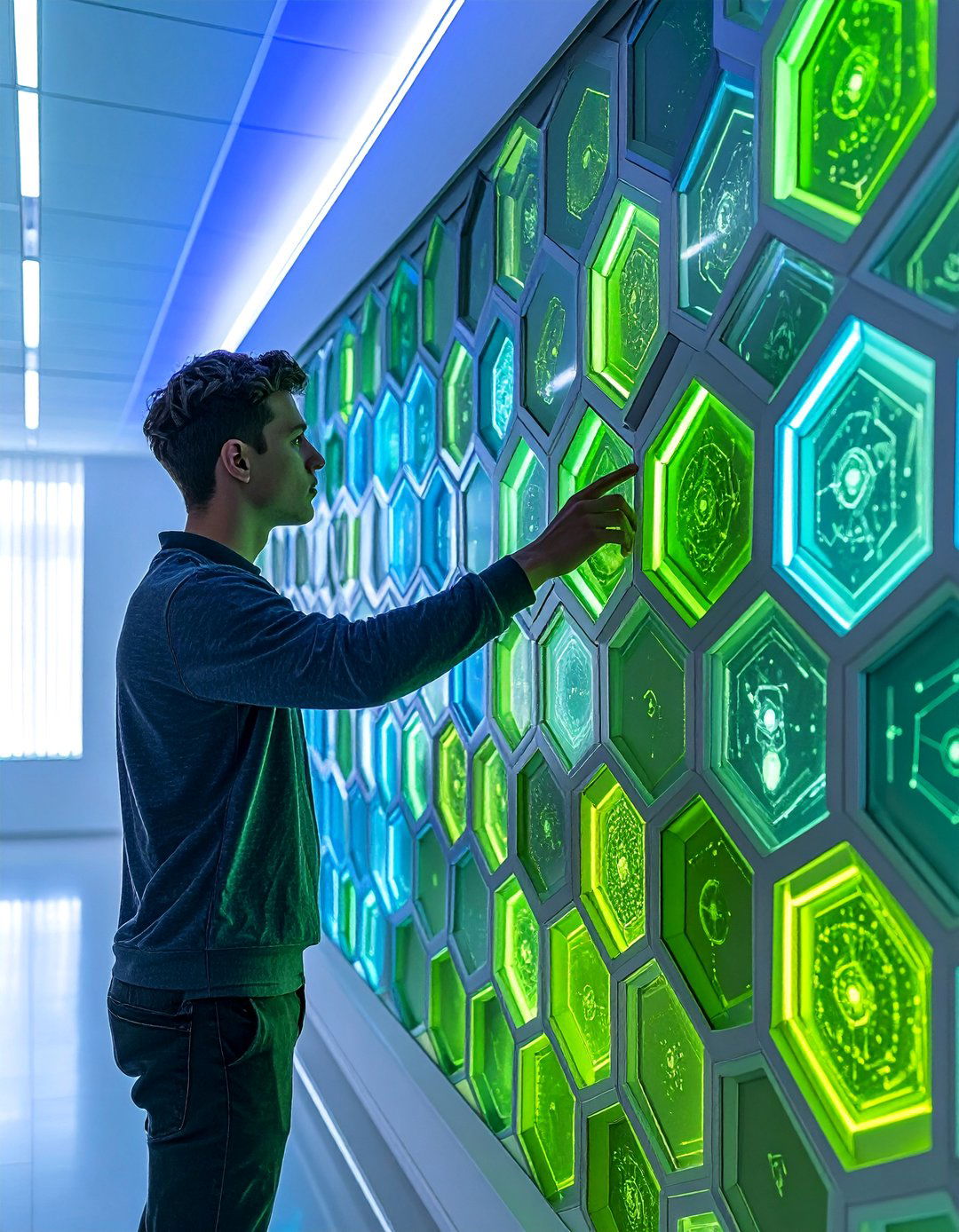
For a truly cutting-edge approach, interactive light walls can turn a section of the classroom into a dynamic tool for learning and sensory exploration. These walls are composed of LED panels that can change color, brightness, and pattern in response to touch, sound, or a pre-programmed sequence. They can be used for a variety of educational purposes, from teaching colors and patterns to younger students to creating calming visual displays for sensory breaks. While a significant investment, an interactive light wall provides a unique, multisensory experience that can engage students in a completely new way, making it a powerful addition to a modern, technology-integrated classroom lighting plan.
14. Classroom Lighting with Desk-Specific LED Strips
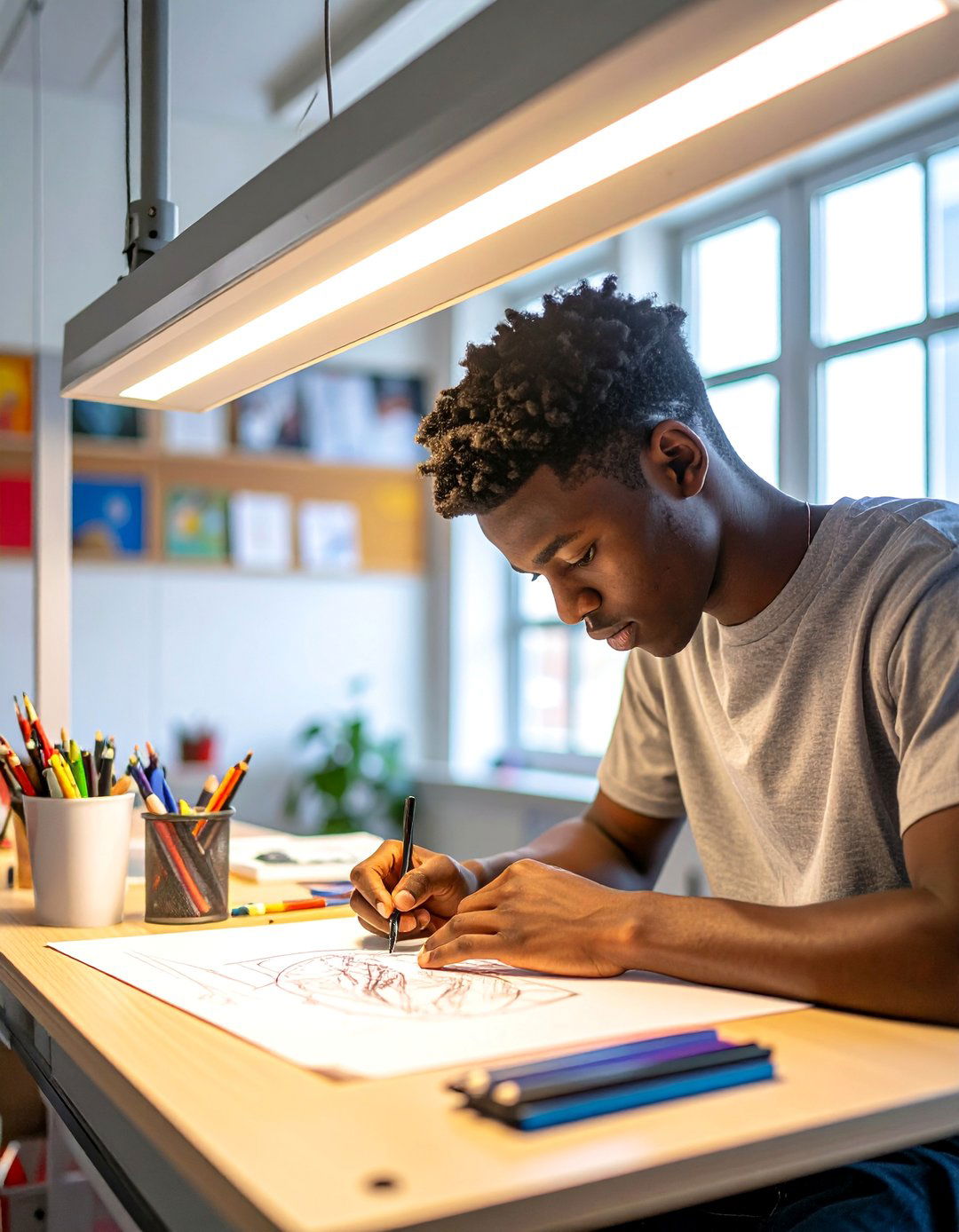
For subjects that require fine motor skills and close attention to detail, such as art, science labs, or technology education, providing focused light directly at the workstation is crucial. Self-adhesive LED light strips are an excellent and affordable solution for this type of classroom lighting. These strips can be easily installed under shelves or cabinets directly above student desks or workbenches. They provide bright, direct, and shadow-free illumination right where it is needed most, reducing eye strain and improving accuracy. This targeted approach ensures that every student has adequate light for intricate tasks without having to rely solely on ambient overhead lighting.
15. Classroom Lighting with Themed Lanterns
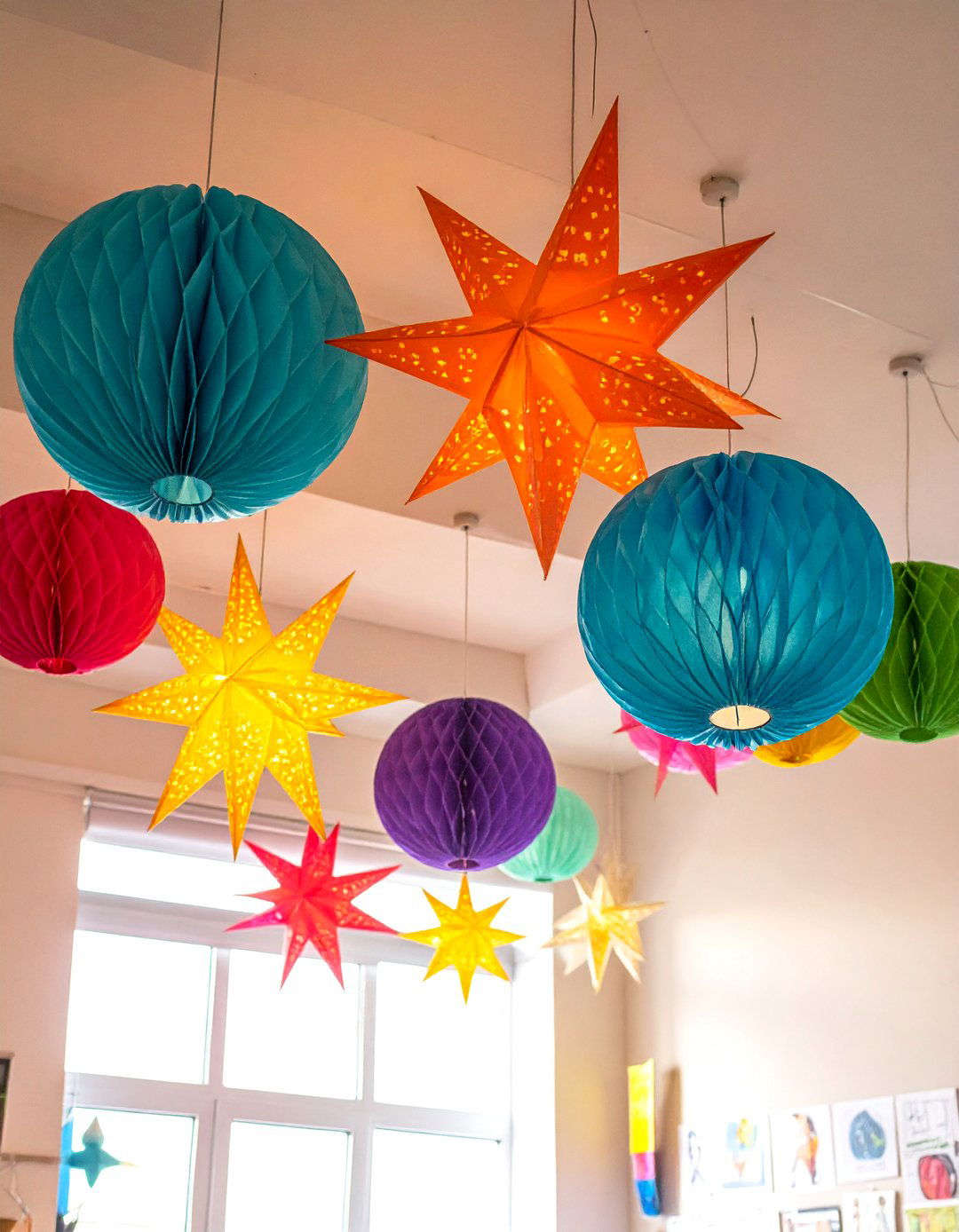
Injecting personality and thematic elements into classroom decor can be beautifully achieved with paper or fabric lanterns. While not intended as a primary light source, hanging lanterns with low-wattage LED bulbs inside can add a soft, colorful glow that enhances the room's theme or creates a festive atmosphere. For example, blue and green lanterns can complement an ocean-themed unit, while star-shaped lanterns can create a celestial feel in a reading corner. This type of classroom lighting is more about creating a specific mood and making the space visually engaging. It’s a simple, creative way to make the learning environment more fun and inviting for students.
Conclusion:
Ultimately, thoughtful classroom lighting is a critical component of effective learning environment design. By moving beyond a single, uniform source of overhead light and embracing a layered approach, educators can cater to diverse student needs and various academic activities. Incorporating natural light, providing task-specific options, and using modern technology like adjustable LEDs and diffusers can reduce eye strain, improve focus, and create a welcoming atmosphere. A well-lit classroom is a more productive, positive, and healthy space for both students and teachers, directly supporting academic success and overall well-being.

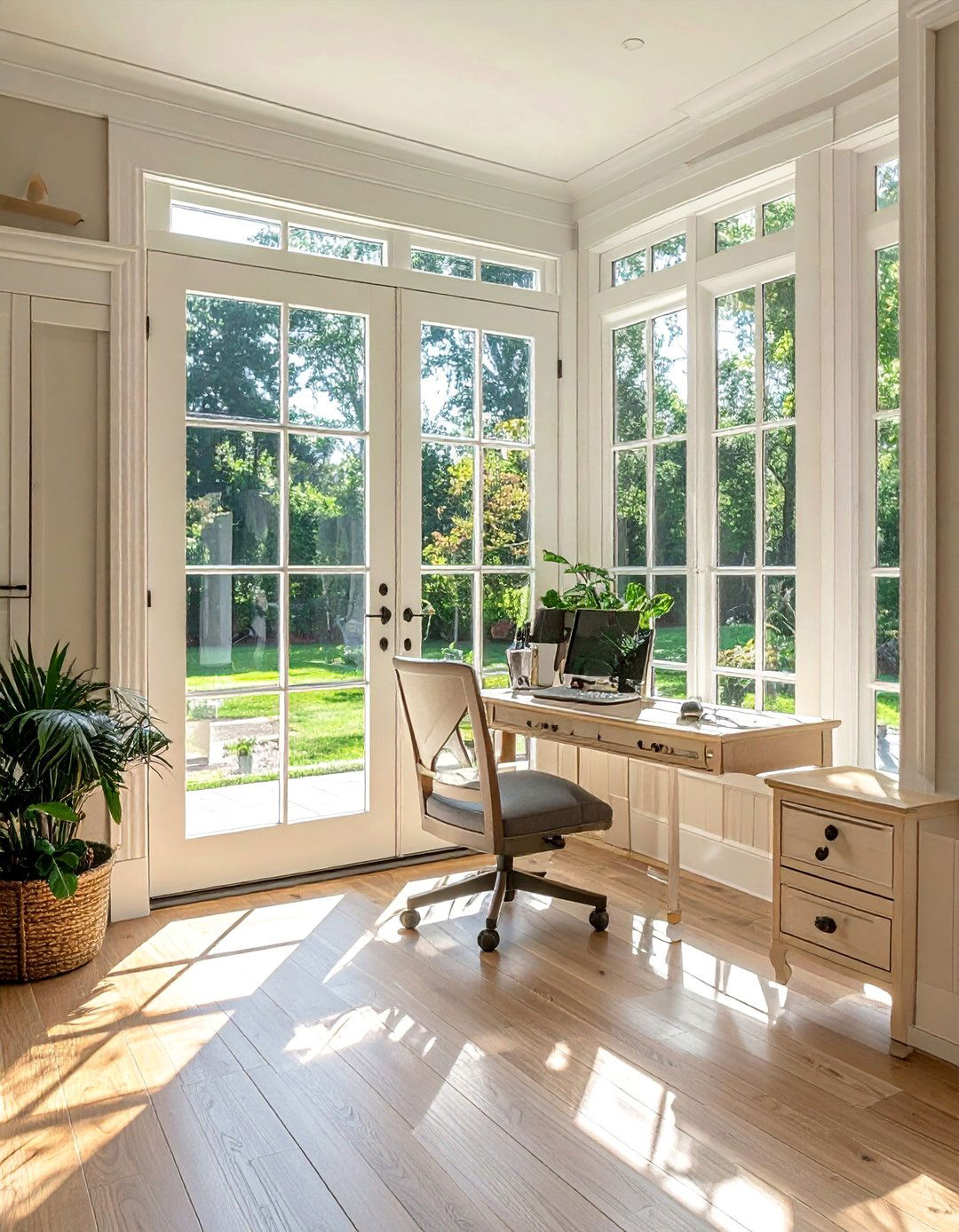
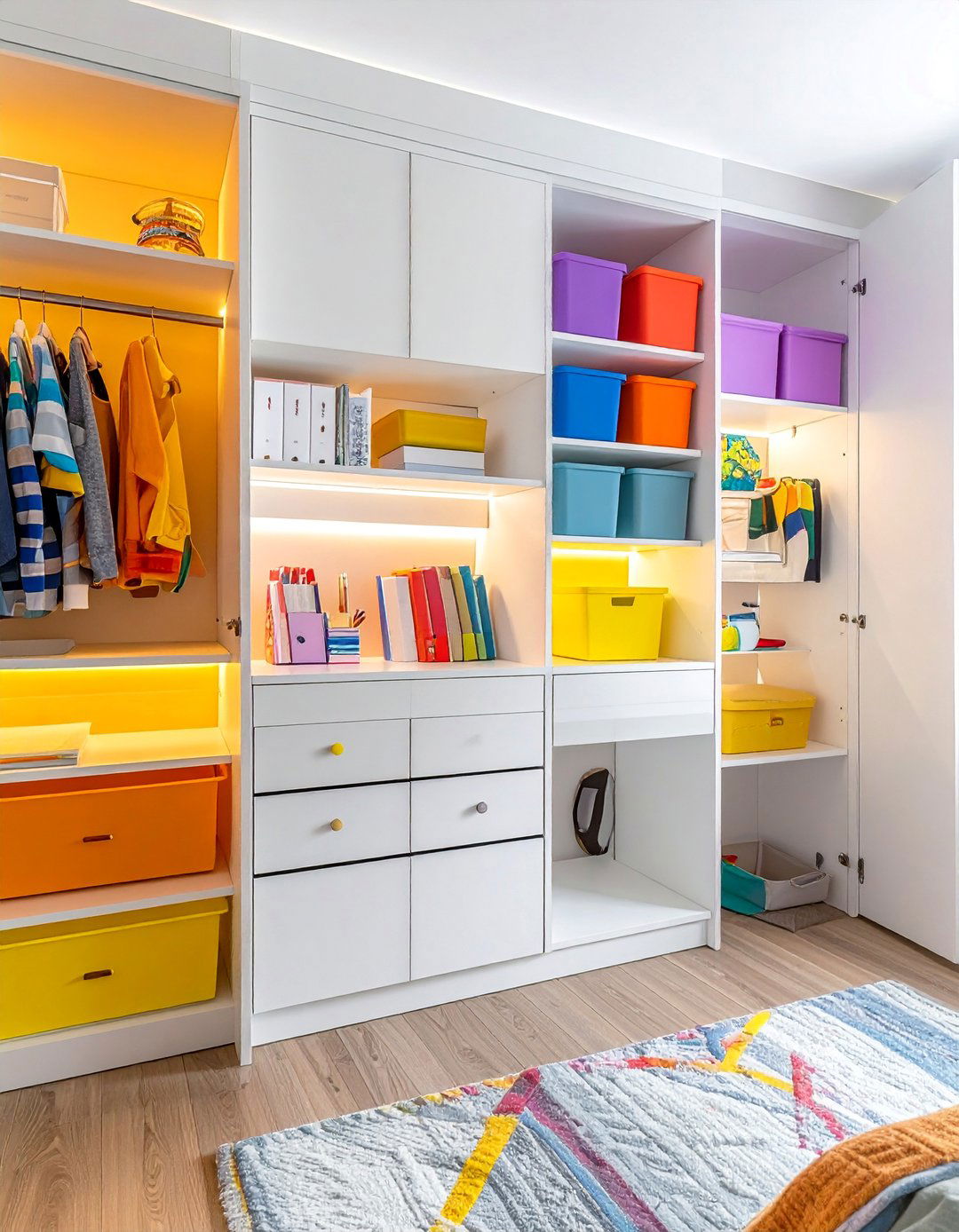
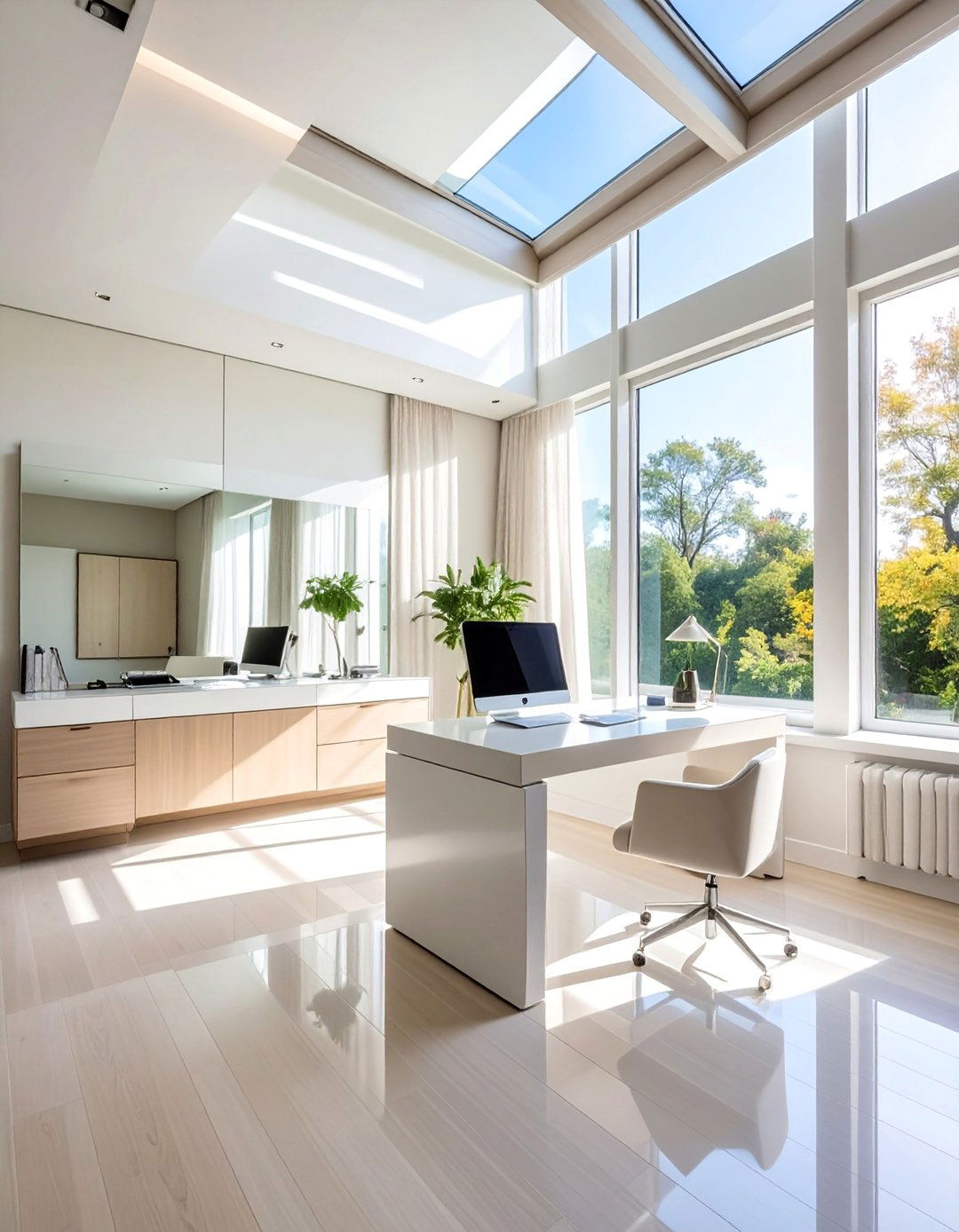
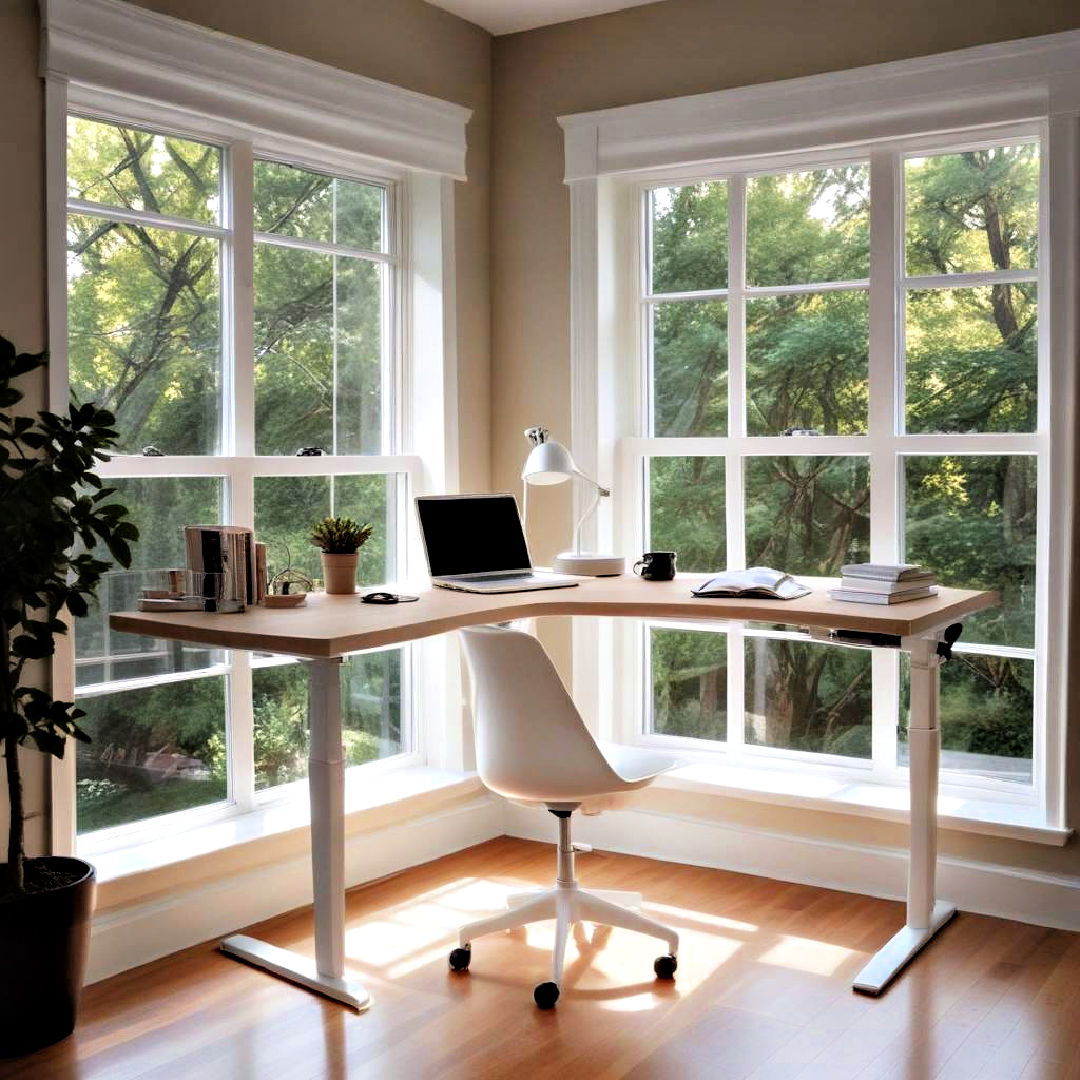
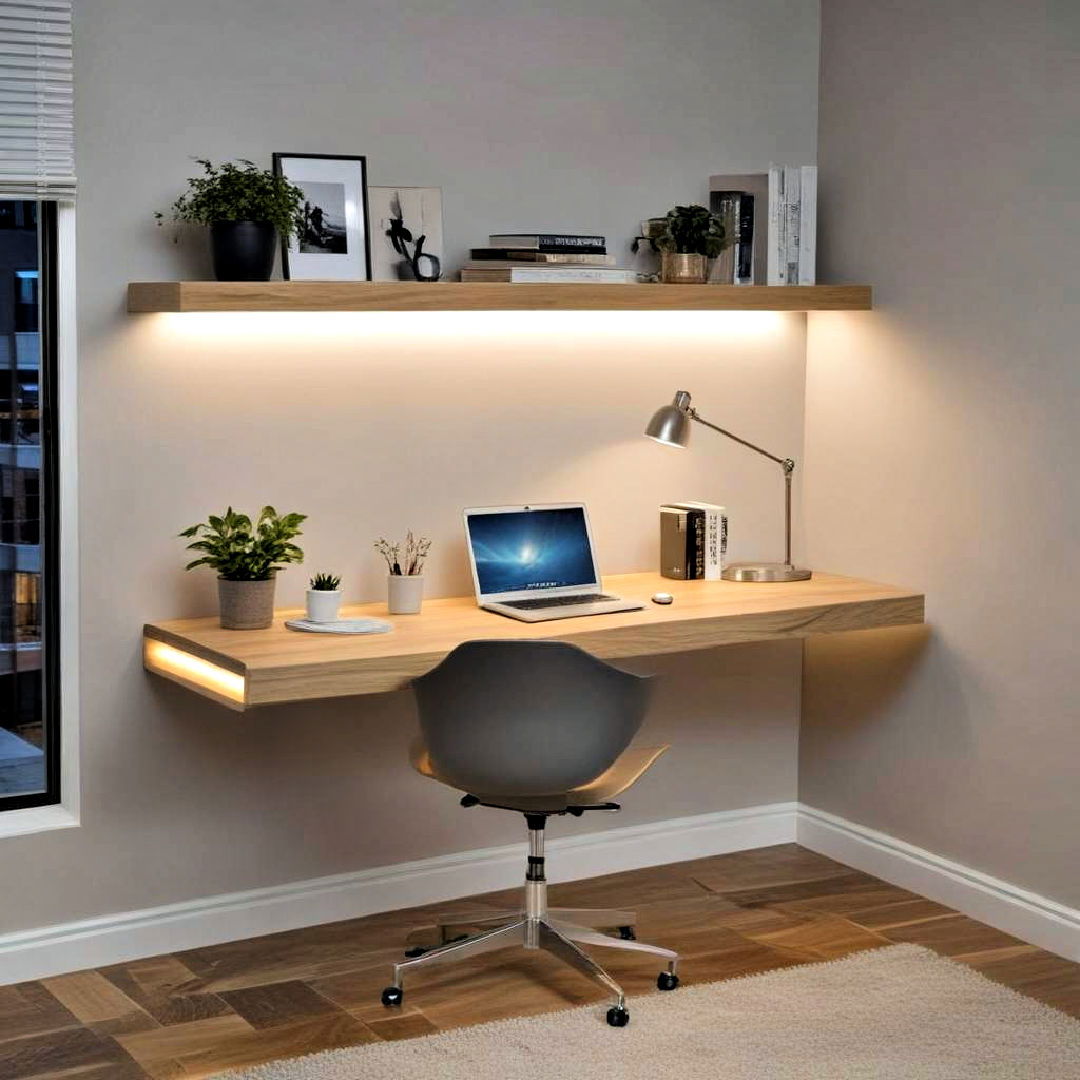
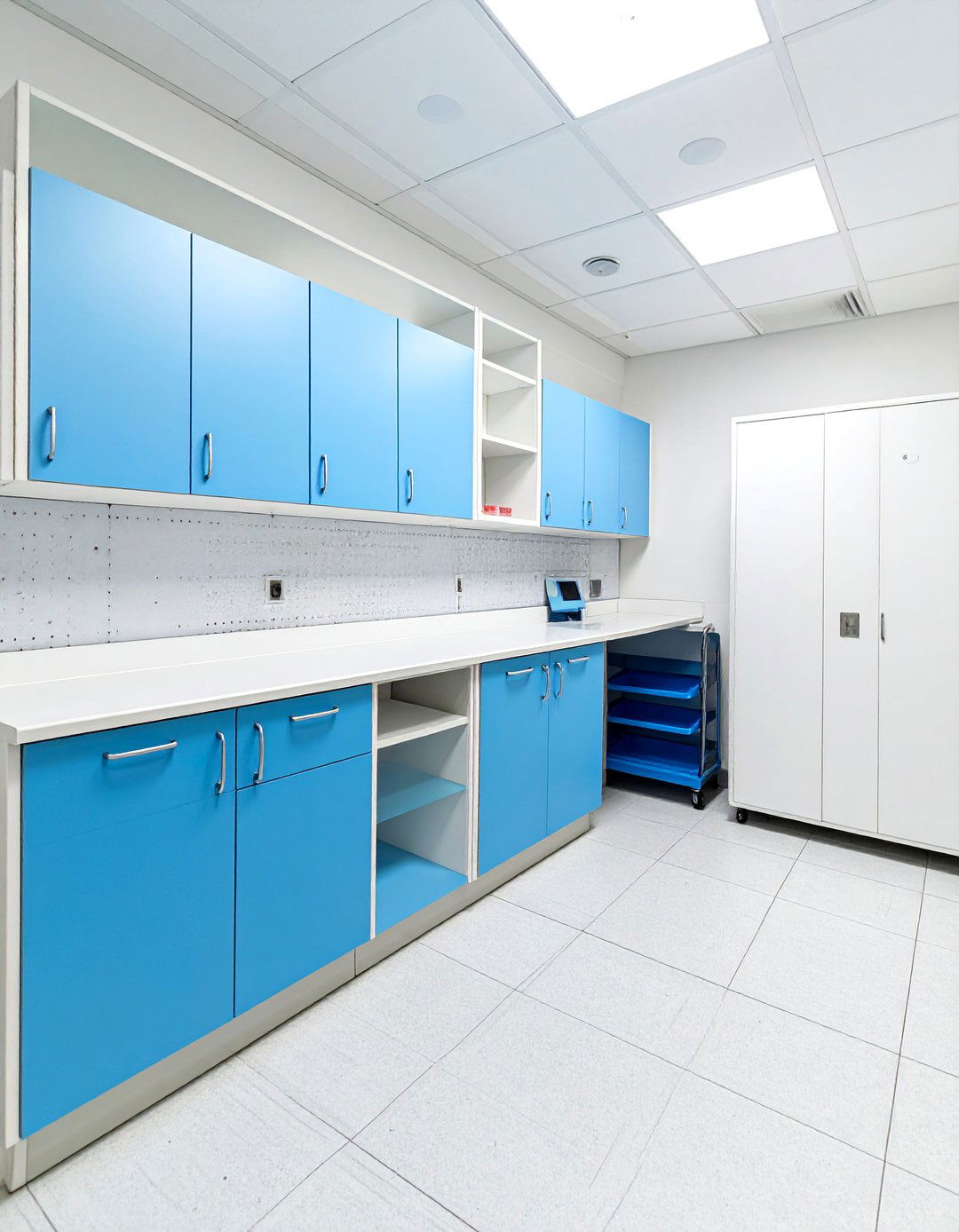
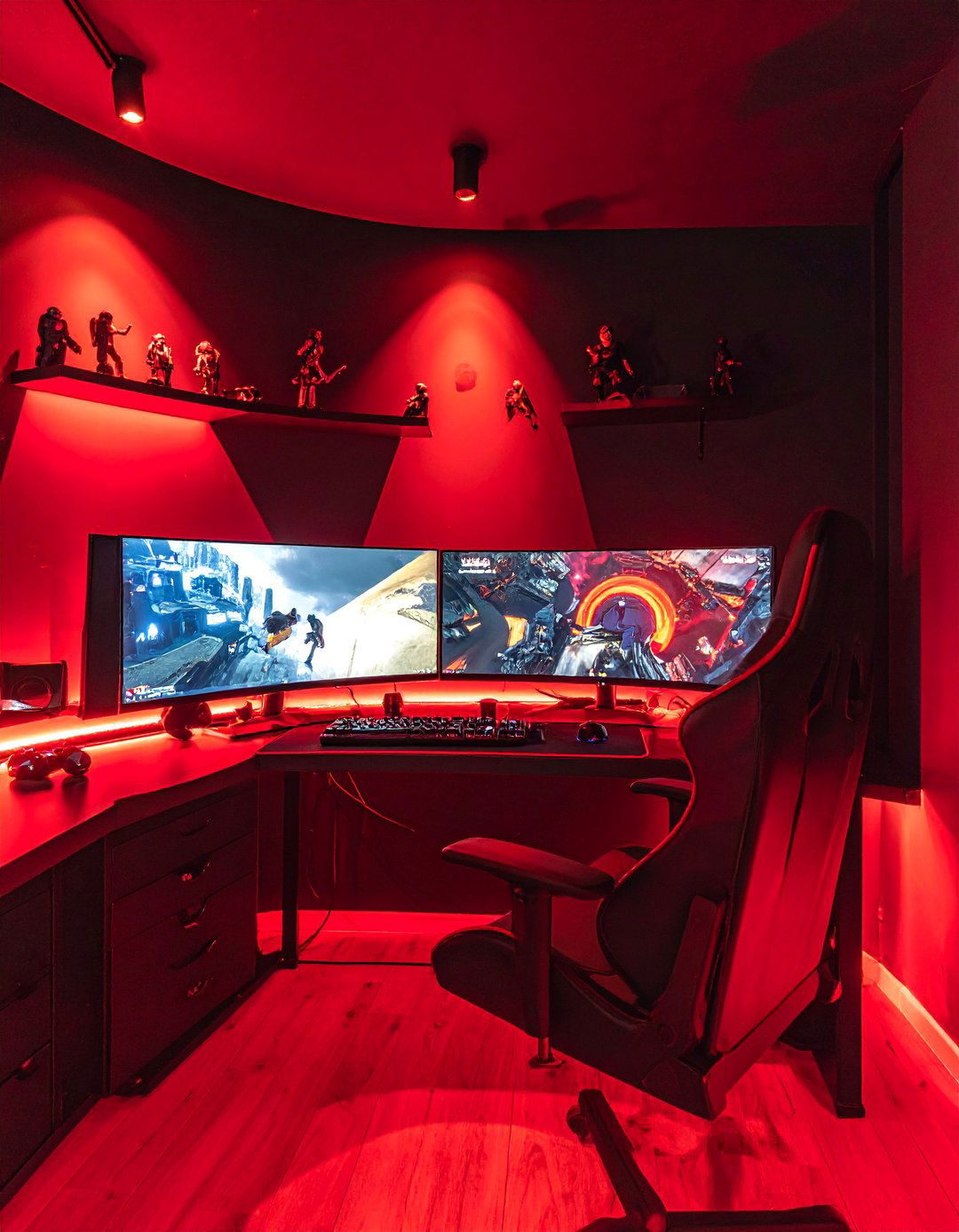
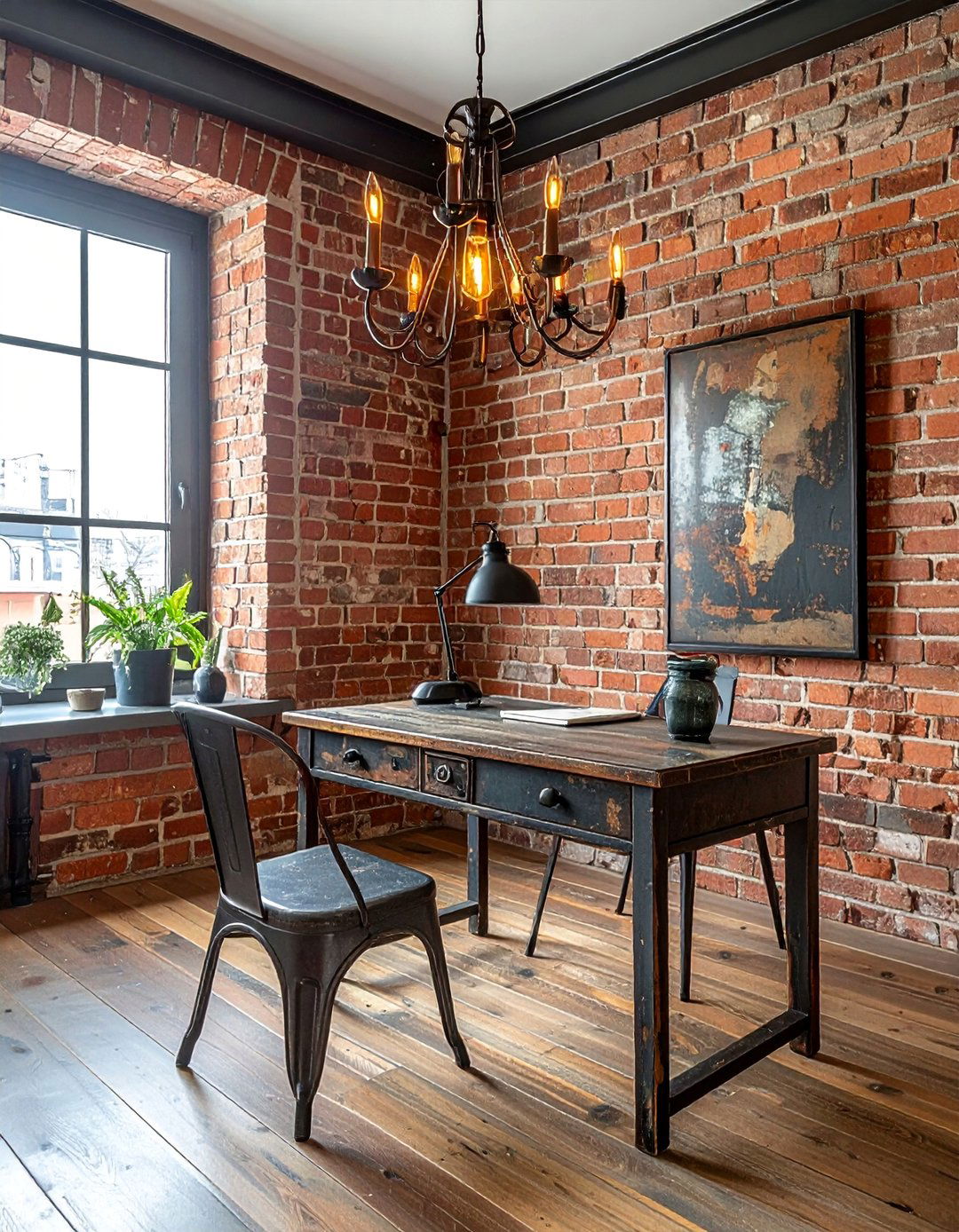
Leave a Reply